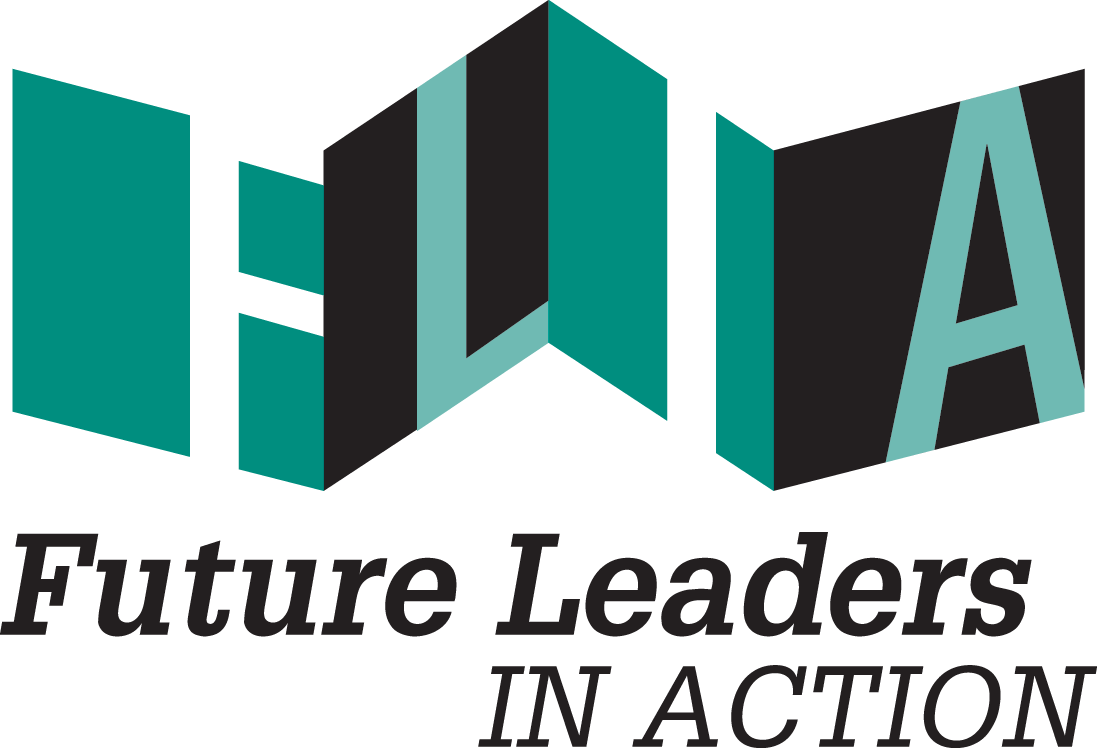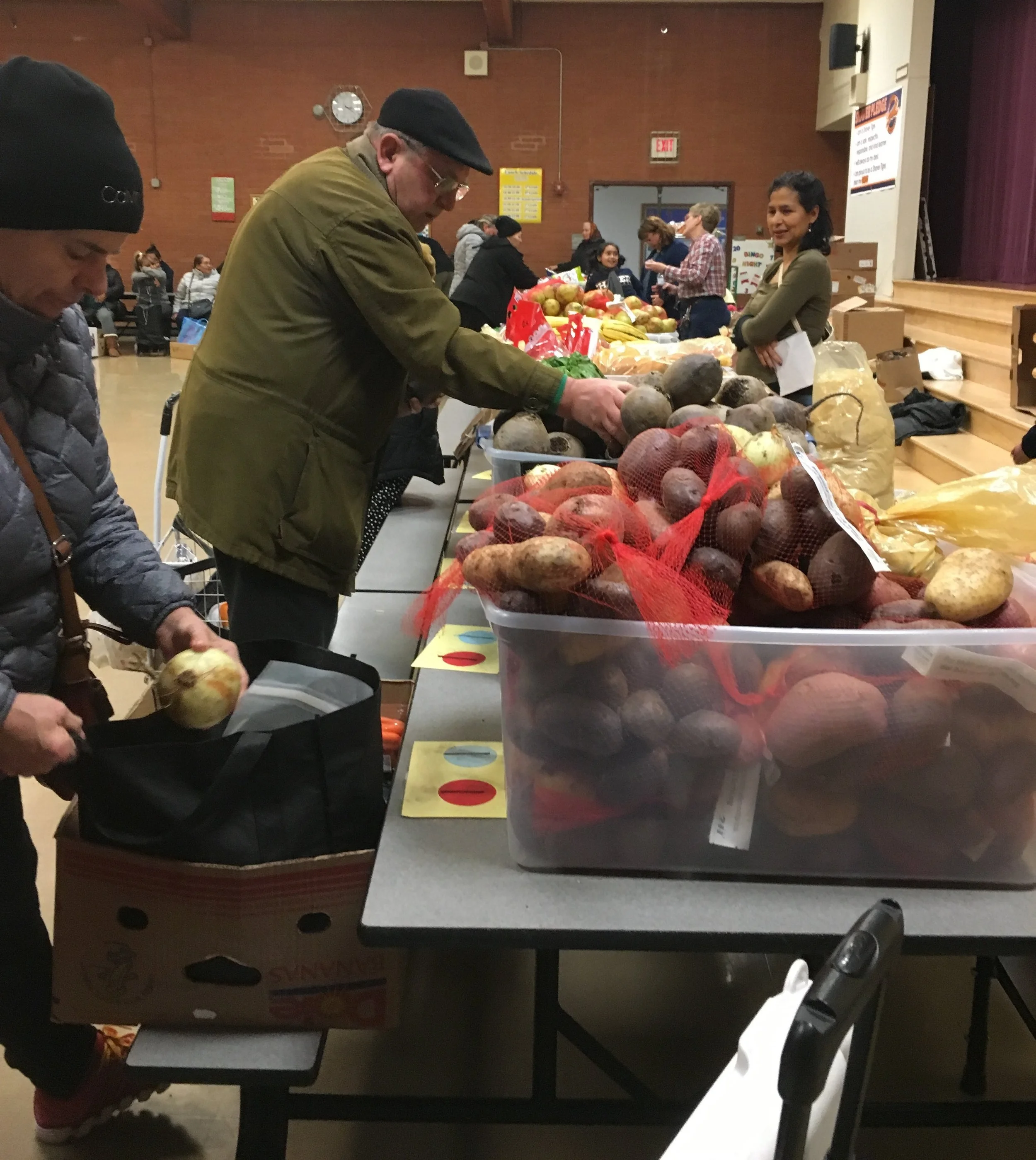This fall, I was able to partner with Immigrant Refugee and Community Organization and work alongside Schools Uniting Neighborhoods (SUN) and the Hunger Relief Program. For me, this experience has been eye opening and has given me a different view on food insecurity. Coming into the fellowship, I had no idea what a food pantry looked like or where they could even be located. I decided to do some research on food insecurity. In Oregon, 14.6% of people did not have access to nutritious foods. In the United States, Oregon is the 12th hungriest state. This was really surprising to me and it also broke my heart.
I spent time volunteering at six different food pantries that spread out between Portland Public, Parkrose and David Douglas School Districts. The goal was to obtain feedback and suggestions from family and community members on how to improve the pantries and ensure that we were creating a culturally responsive environment. Prior to surveying family and community members, I wanted to create a connection with them. Creating that trust and bond with families and community members, in my eyes, was so vital. I wanted them to feel that I was there to support them and hear their ideas on how to improve their pantries. Once the surveys were collected and I analyzed all the feedback, I created suggestions on where we could use support. From there, I presented this information to the schools SUN site manager in the form of a report. We then collaborated and brainstormed: What are the struggles these families are facing when they come to the food pantry? What suggestions and recommendations are our volunteers wanting to see? Most importantly, how are we able to help? One common struggle among families that stood out, was not having some form of community engagement at the pantries. Families had suggestions like having food samples and information about resources available.
“Food pantries are not just a place where families get food, it’s a place where families can connect with one another.”
I have heard friends and family members make comments like, “We don’t need a food pantry. We can afford groceries.” or “There are other people who need it more.” Although my friends and family can afford groceries, they may still benefit from visiting a food pantry. Food pantries are not just a place where families get food, it’s a place where families can connect with one another. As I connected with families and volunteers at one food pantry, I realized what being a part of a food pantry really means. Families were excited to see the volunteers and the same energy came from the volunteers as well. This was a moment where the community really came together to create a bond. The volunteers are dedicated and passionate about what they do. When I asked them what it meant to be apart of the Hunger Relief Program, their responses ranged anywhere from giving them a chance to begin being involved again to wanting to give back to the community and help those in need. In the volunteer role, I experienced nothing but acceptance and love. I wanted each community, each family, to feel the same acceptance and love that I witnessed at some of the pantries.
Another part of my fellowship was observing, analyzing, and creating curriculum for the Global Cooking Class. This class is also under the Hunger Relief Program. Its goal is to expose children to recipes from different cultures, while also feeding them to combat food insecurity. I wanted the curriculum to be in depth and not just about the cooking. The lessons were structured to start the class off by giving an introduction about the culture of the food they are cooking, then presenting they are going to cook. This really helped the children engage with the lesson and capture that cultural exposure. Once the cooking was complete, depending on the amount of time left, the facilitator will hand out coloring sheets about the culture of the food or engage everyone in a group activity.
Some of my greatest accomplishments throughout this experience have been gaining confidence in myself as a leader and community member, the ability to advocate for other people, and most importantly, learning the true value of resources and programs such as local food pantries and Global Cooking.



